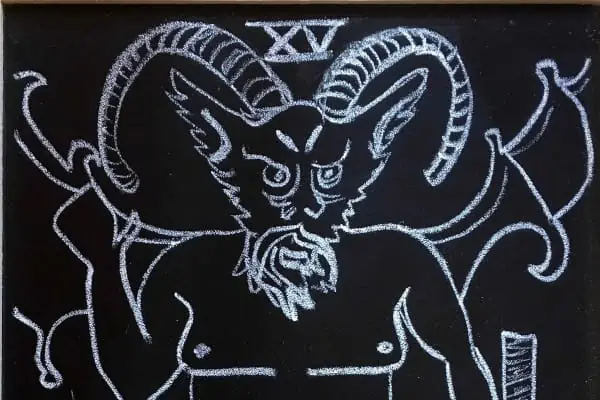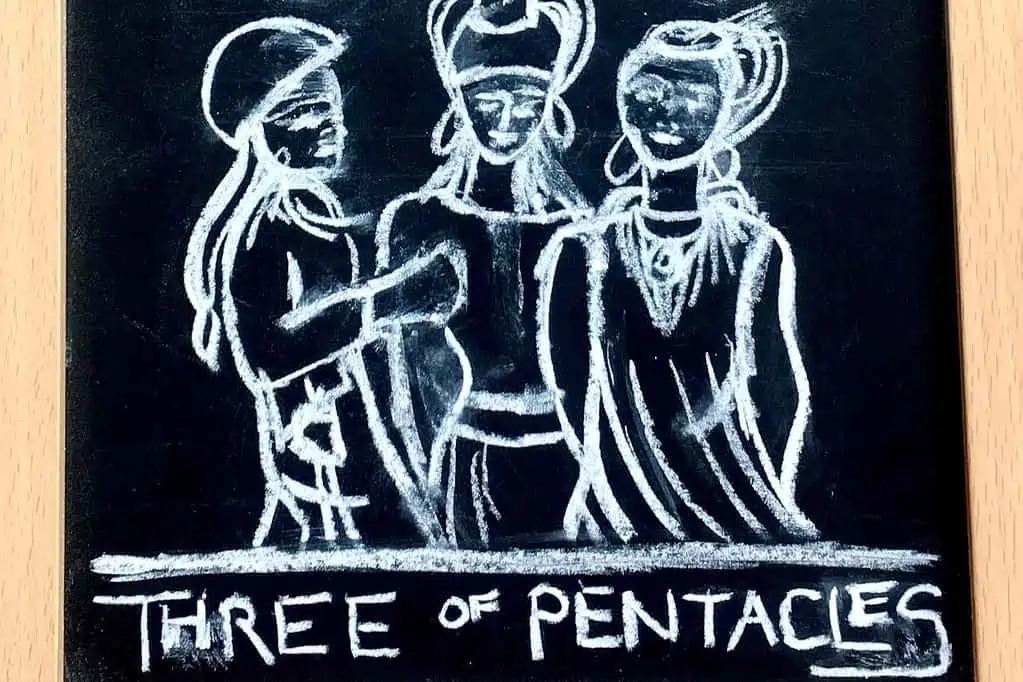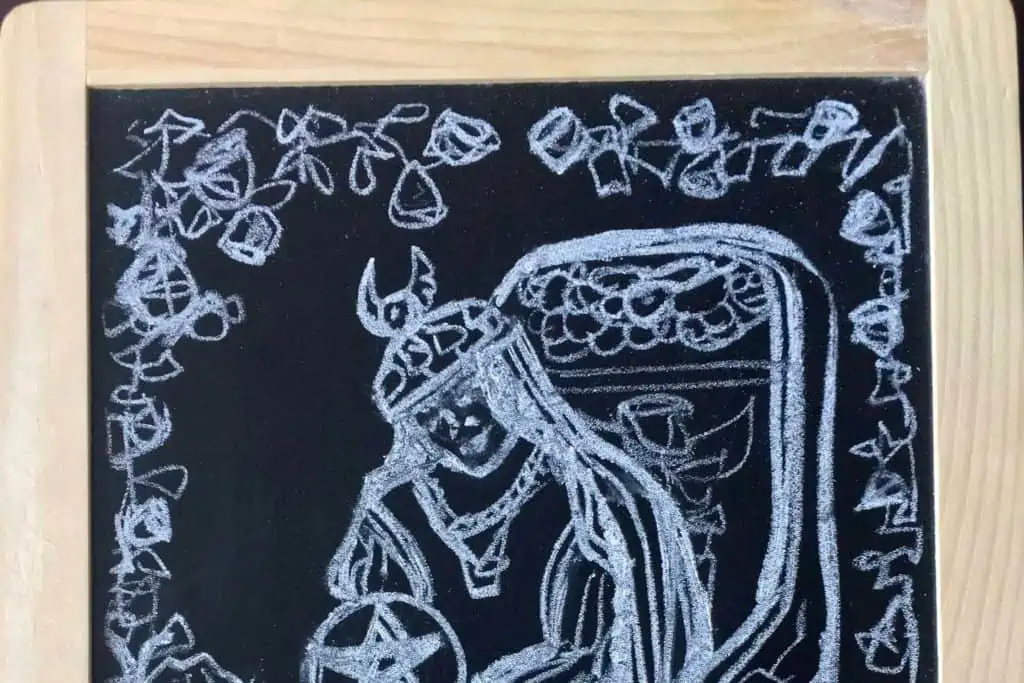“I don’t really believe in that stuff,” a coworker says, when I ask if he’s ever had his tarot read. A year ago I might have said something similar. I wouldn’t have been telling the whole truth, though, because at that point I had neither figured out how to be truthful about my spiritual beliefs, nor was I very sure what my blossoming spiritual beliefs actually were. It had always been easier to feign skepticism than to expose the earnest underbelly of my curiosity.
Then a week or so after moving to Whitehorse, Scott Maynard read my tarot for me. More of a friend of a friend at that point, we knew very little about each other.
At the moment of the reading I was quite sad, disillusioned with the normalcy of daily life after the adventure of leaving behind everything I knew to escape to the Yukon. I was realizing that even though I was now 6,000 km from home, I was still the same person with all the same problems.
And Maynard’s reading spoke into this. It talked about the pain of my blindfolds being removed. It told me every wise person had been through what I was going through, many, many times. It comforted me. It was exactly what I needed.
After that I decided to start learning tarot myself, a slow and casual journey that has most recently led me to the first in a series of tarot workshops at The Heart of Riverdale, facilitated by the same Scott Maynard.
More than a workshop on learning the tarot, Maynard calls it a Building Intuition workshop. It’s meant to be a drop-in space for those interested in accessing or honing their intuitive capacities, using the tarot deck as a way to do this.
“It’s a window,” Maynard says.
At our first meeting we take turns drawing single cards and speaking about our resonance with their images and symbols, how they make us feel, what they make us think about. It quickly becomes an intimate conversation, as we can’t seem to help discussing our feelings about each card without including some of the contexts of our lives.
Which is how my experience with tarot has been since I began using it. When I deal for another person, the cards before us become a puzzle, a tapestry, and the reading of them is a conversation between the two of us, a picture is formed based on what each of us sees.
It seems to be, as Maynard says, a path to our higher selves: the parts of us that already know the answers to the questions we ask.
But talking publicly about tarot can often be a source of uneasiness. I have clear childhood memories of my father pulling a deck of vividly painted cards from a little door on the top of an old book shelf when a friend of his came over. They would sit at the dining room table, spread the cards out, and talk for a long time. At some point this deck disappeared, I assume after my father became a Christian. After that I learned to feel suspicious of tarot and anything claiming to predict the future.
But years later when tarot comes in to my life on its own terms I discover it isn’t about predicting the future. It’s just another way to bring clarity to the present.
“It’s a useful tool,” says Maynard.
The workshops will be ongoing on Sunday afternoons in casual pass-the-hat style. For more information, or to join, contact The Heart of Riverdale: 667-6700.




